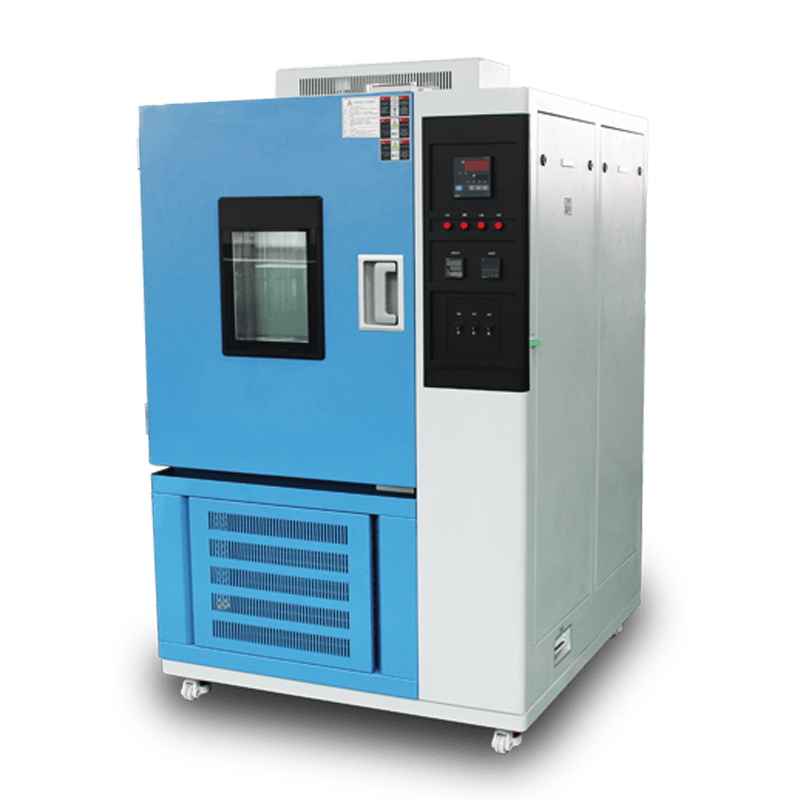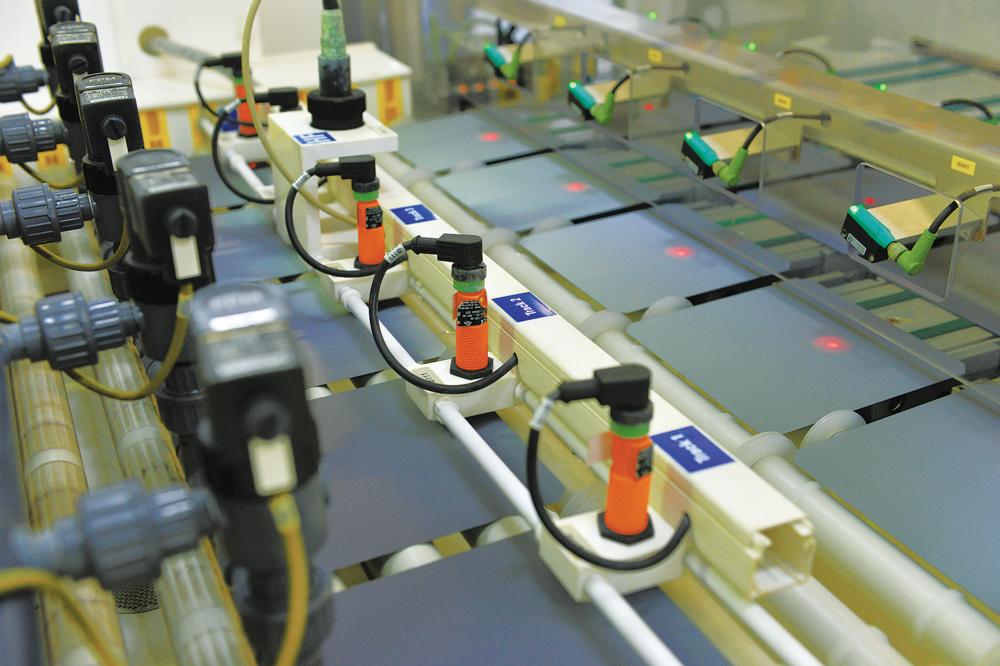With the significant improvement in people’s living standards, the production costs brought by many electrical products have also increased dramatically. In order to help everyone save some unnecessary costs, the editor has also summarized some common knowledge about energy-saving of equipment. This is a good reference for a daily saving plan.
Below are the methods shared by Yashilin on how to make the high and low temperature and humidity test chamber more energy-efficient:

-
If you want the equipment to be more energy-efficient, you need to pay attention to many details, such as in the placement aspect, there are many energy-saving tips for both the equipment and the products.
-
When placing the equipment, it is usually necessary to reserve 65–70 centimeters of space for use and maintenance on both sides, which can help the test chamber to dissipate heat. In addition, try to avoid placing it together with other heating electrical products, as the heat generated by these appliances will increase the power consumption of the equipment.
-
Do not place the test items in the equipment too tightly. Leaving gaps is conducive to air circulation, which can reduce the operating frequency of the compressor and thus save electricity.
-
-
Once the equipment is powered on and in normal use, do not turn off the power unless there is a special reason. Frequent power-off will not only fail to achieve the purpose of saving electricity, but also affect the normal service life of the compressor. In addition, the equipment should be placed in a cool and ventilated place and kept at a certain distance from the wall to ensure heat dissipation and ventilation.
-
The door opening time of the high and low temperature and humidity test chamber must be short. If there is a power failure, do not rush to open the door of the test chamber.
-
When taking and placing samples in daily use, it is necessary to reduce the number of door openings and the duration. Each time the door is opened, the temperature inside the box will return to its original state, and the compressor has to work for 5 minutes, consuming 0.008 kWh of electricity.
In addition, there is another particularly important piece of common knowledge: The drip pipe on the water tray of the high and low temperature and humidity test chamber is the channel for direct air exchange between the test chamber and the outside air. We can wrap a piece of cotton around the drip funnel and then wrap it with a thin rope or tape, which can achieve the purpose of saving electricity. If you want to know more about the equipment, please follow our website to see more tips.













